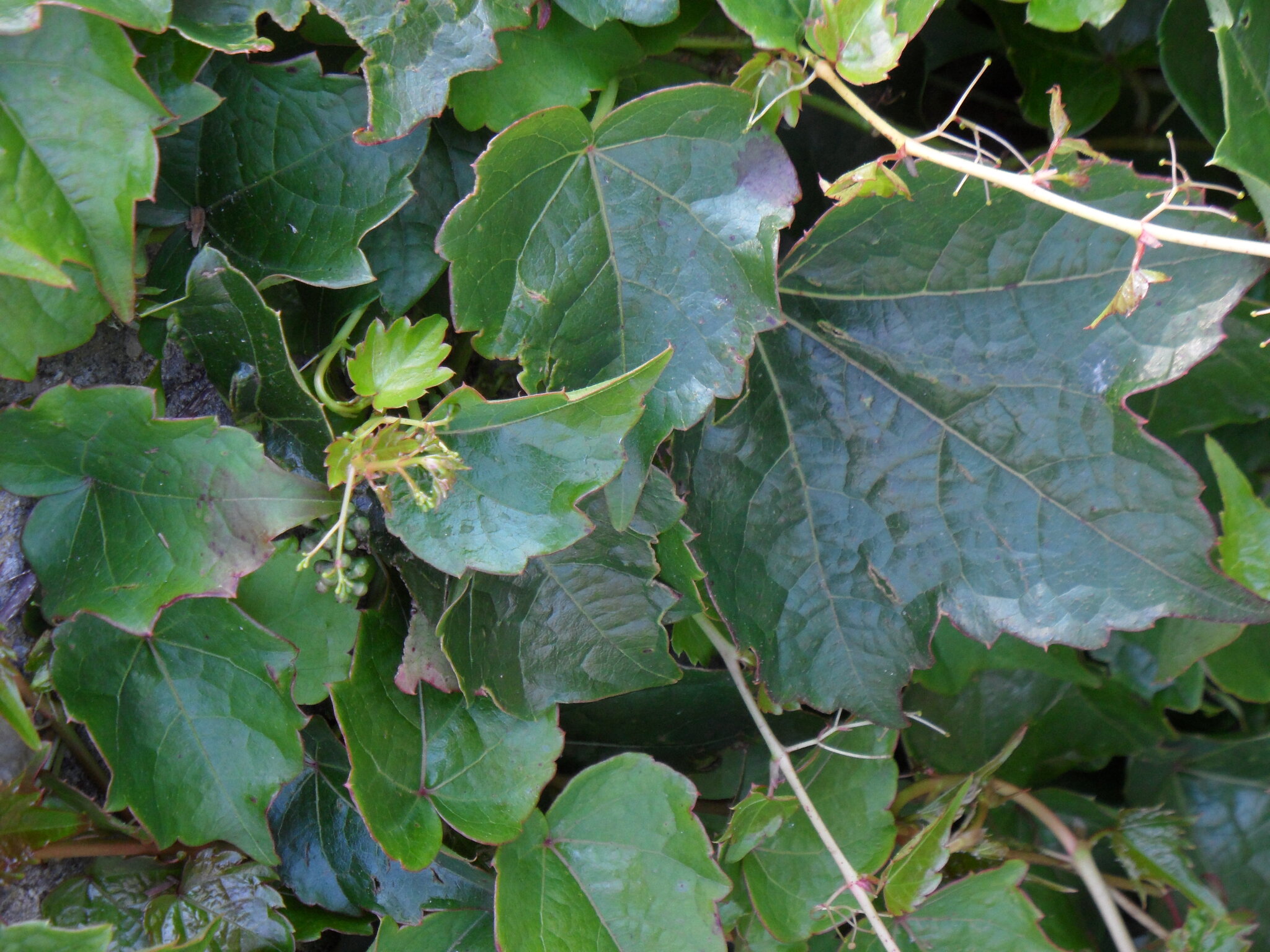
Ancient Roman name for the grape.
Deciduous woody climbers with leaf-opposed tendrils and brown pith. Leaves simple, toothed, sometimes lobed; stipules soon shed. Plants male or bisexual. Flowers in branched clusters, calyx small, petals fused into a cap. Fruit a fleshy berry with (0)1-4 pear-shaped seeds.
Grown on fences and screens for the ornamental leaves (which colour spectacularly in some species) or for the edible grapes.
About 65 species from the northern hemisphere.
Hardwood cuttings, occasionally seed or layers.
V. vinifera, Grapevine, is grown for grapes which are dried or fermented into various alcoholic beverages, as well as for table grapes, juices, muscatel, raisins and currants.
Petals forming a cap to the flower; pith brown; bark often shredding.
Source: (2002). Vitaceae. In: . Horticultural Flora of South-eastern Australia. Volume 3. Flowering plants. Dicotyledons. Part 2. The identification of garden and cultivated plants. University of New South Wales Press.
